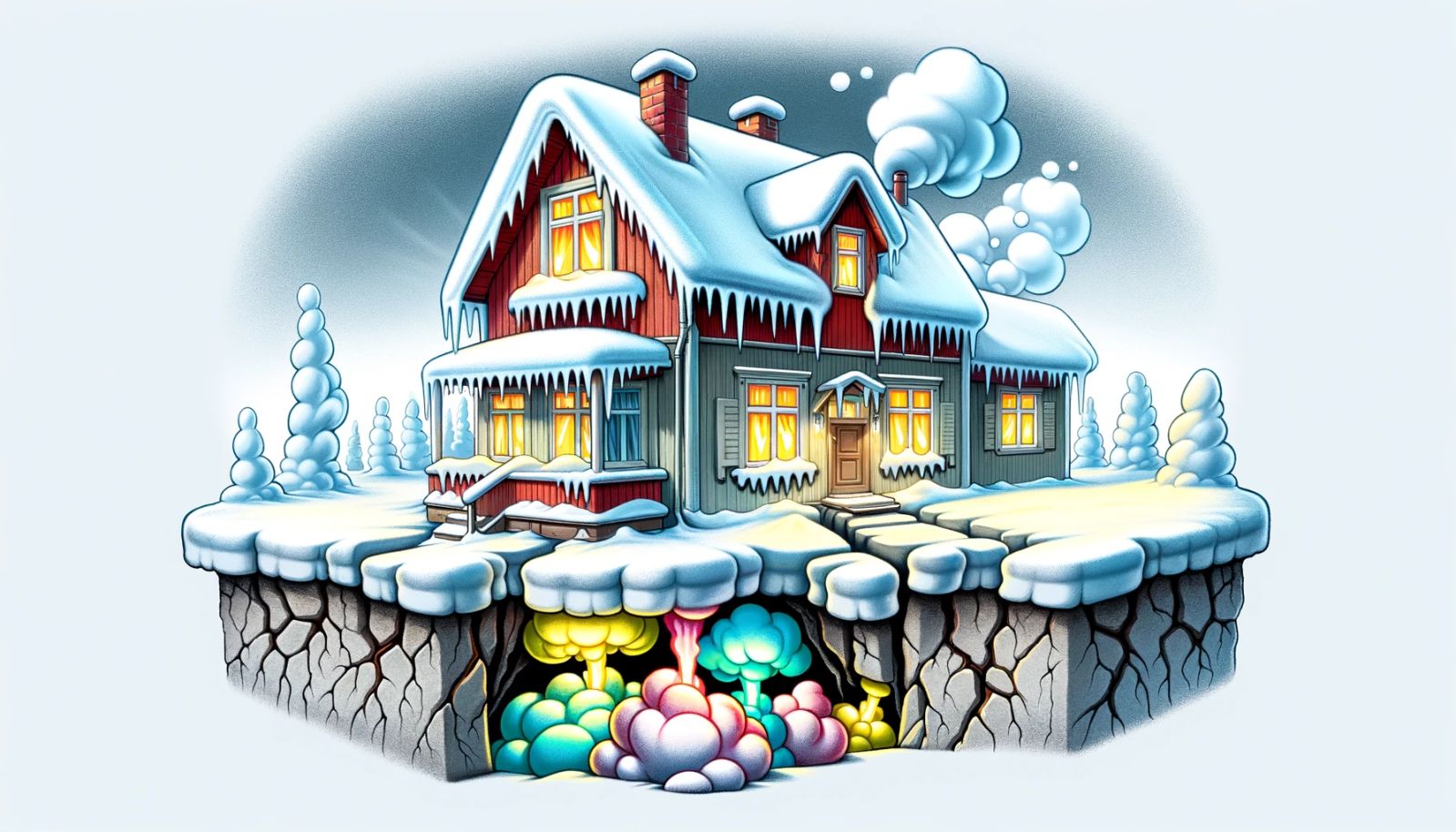Radon, A Radioactive Gas, Released from the Ground by Global Warming
Follow us on Google News (click on ☆)
The permafrost, a permanently frozen layer of soil in the Arctic, plays a crucial role by acting as a lid on the ground, thus preventing various gases from escaping into the atmosphere. Among these gases, methane is well-known for its potential to accelerate climate change when released. However, a new study published in Earth-Science Reviews highlights a less known yet equally concerning danger: radon.

Radon, a colorless and odorless gas resulting from the radioactive decay of natural uranium, can accumulate in dwellings, increasing the risk of lung cancer among occupants. According to the Environmental Protection Agency, radon is the second leading cause of lung cancer in the United States, with 21,000 annual deaths attributed to its exposure.
Currently, radon does not always pose an immediate problem in Arctic or near-Arctic regions, where the ground remains frozen year-round. But as the permafrost melts, this protective barrier disappears. Research on radon migration in areas containing permafrost remains very insufficient, emphasize the study's authors. They have compiled previous studies on the subject, including data from Alaska and the Harbin mountains in China, to show that the degradation of permafrost could allow radon to migrate into homes and workplaces.
Permafrost does not melt uniformly but rather irregularly, creating cracks through which radon can escape. Seismic activity in Alaska, for example, can create new faults facilitating the passage of radon. The potential interactions of radon with other gases trapped under the permafrost, such as methane and methylmercury, also raise concerns.